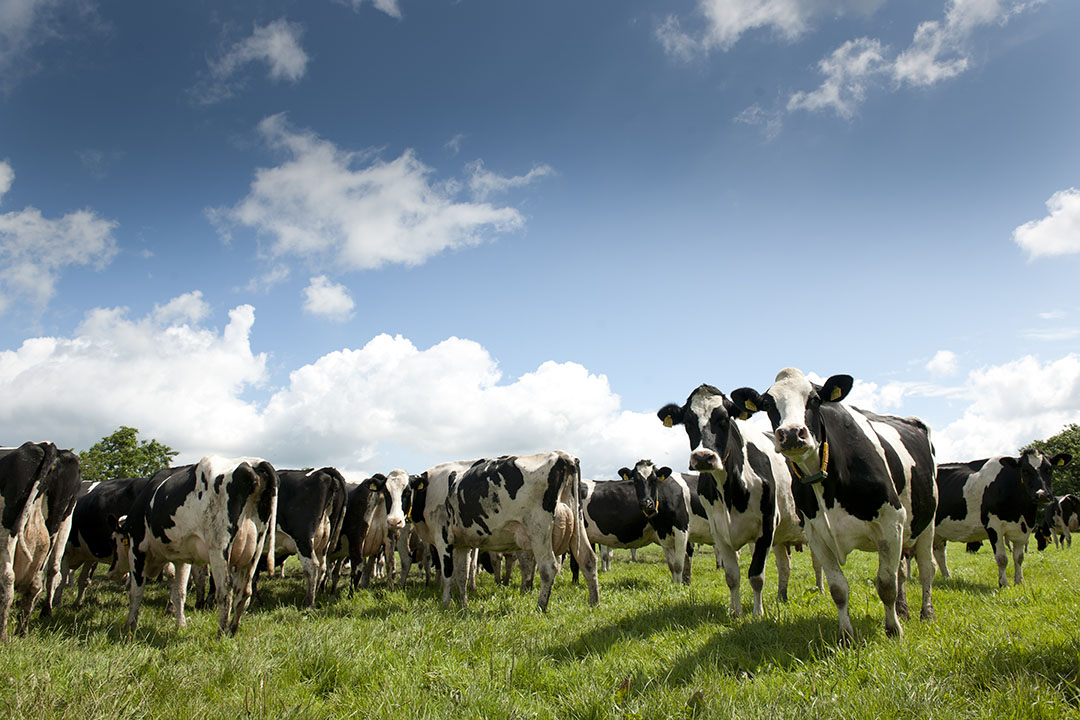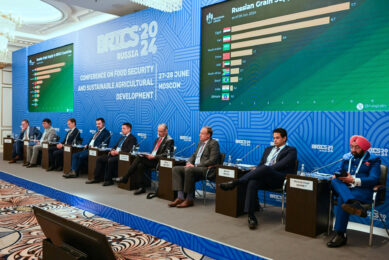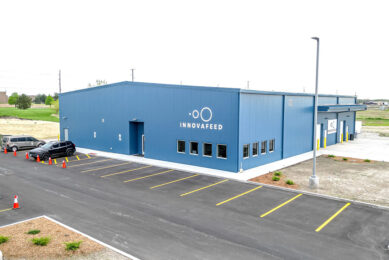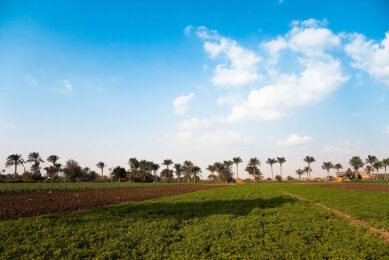South Korea’s livestock in 2019: A bird’s eye view

Livestock production is continuing to grow in South Korea, however, feed import has become a major concern.
High quality milk
Korea’s modern dairy industry began in 1902 with 20 Holstein cows and its first modern milk processing facility being built in 1937. It is a new dairy powerhouse with 5,300 dairy farms and over 404,000 cows. Average annual milk production is over 2 million tons and per capita consumption is 76.4kg annually and that is why Korea is leading the emerging market in Asia. Korean dairy farmers are well able to produce high quality milk due to an excellent natural environment that includes superb weather conditions. They continue to expand through the cooperative efforts of dairy farmers, companies and government agencies, that also includes strengthening the industry’s foundations and capabilities through ongoing R&D and investments. Incorporation of dairy into Korean cultural food has changed the dynamics of production and the country is facing challenges when it comes to increasing productivity, improving the supply-demand management system, innovating distribution sectors and increasing milk consumption. Farmers are paying attention to eco-friendly practices and animal welfare proposed by government and the subsidising of by-products.
Cattle herds continue grow
According to the USDA foreign Agricultural service annual report of 2018, Korea’s cattle herds will continue to grow in the approaching years – driving beef products. Beef imports will rise to meet the market demand, it will continue to do well. Cattle production figures for 2018 are 1,380,000 heads and high cattle prices in 2016 and 2017 induced farmers to increase their herd size resulting in higher calf production. Increased population has not only affected the overall farming pattern but also the feed production for breeding and bred cows, which is 8.2% and 6% respectively during the first seven months of 2018 as compared to the previous year.
Inflation in the Korea’s cattle prices will have a positive impact on the year 2019 and 2020 for overall beef and calf production. The increased supply of domestic beef as a result of the increased population along with a major import share will lead to lower beef prices in 2019-2020. This will also be a cause of decline in overall herd size due to the given time for pregnancy and 30 months of feeding the cattle before being slaughtered, which will change the Korean farming pattern in years to come.
Korean swine production
The Korean government has changed the basis for estimating swine inventory as of March 2018. Their statistics service has begun to include swine that was being raised on corporate farms and it accounts for 6-7% of the total swine inventory. For the year 2018 March, the number of sows were 1,058,000: swine under two months age were 3,545,000; under two to four months age were 3,411,000; under four to six months age were 3,252,000; and six to eight months swine were 1,097,000. Cumulative swine feed production during 2018 was 5% higher than 2017.
Increased poultry production and imports
Korean’s poultry production is increasing with a satisfactory percentage each year, with 998 million poultry units being produced in 2018. In 2016, Korea slaughtered 993 million chickens but in 2017 that was 57 million less due to highly pathogenic avian influenza (HPAI) epidemics. Korean poultry production was expected to increase 6.8% in 2018. In the marketing year (MY) 2019, Korean’s chicken meat production is anticipated to increase by about 2.4% to 932,000 metric tons (MT) from 910,000 MT in MY 2018. This is mainly due to two reasons 1) Increasing consumer demand and better affordability over pork and beef. 2) Elevated competition for market share and providing new slaughtering facilities owned by vertically integrated chicken companies in South Korea.
Chicken imports are also predicted to increase by up to 3% from 140,000 MT to 145,000 MT during 2019 and this is due to an increase in processed chicken demand which is cheaper than that domestically produced.
Feed import most significant cost
Korea imports 75% of its compound feed and 96.4% of its feed crops, which has become a matter of great concern among Korean livestock industry participants and the Korean government. Feed is the most significant cost in livestock production, often representing more than half of the production costs. Indeed, the portion of feed cost for Hanwoo (Korean beef cattle) and dairy cattle are 38% and 58% of the total cost to produce beef and milk respectively.
After Mexico and Japan, South Korea is the 3rd largest importer of US corn. Total imports are around 220 million bushels which is 5.74 million metric tons (MMT) for the year 2017. This is a significant increased by up to 90% compared to 2016. In Korea, corn production accounts for less than 1% of the total consumption. Corn planted area was almost 16,000 ectares for the year 2017-2018 and production was prediction to be 80,000 MT based on the earlier five-years average yield. Corn consumption in Korea is expected to grow by up to 10.3 MMT, which is about 4% higher than the previous year and this number accounts for 8.0 MMT for feed purpose and 2.3 MMT for food, seed and industrial purposes. Feed corn consumption is forecast to increase up to 400,000 MT from the estimated current marketing year level, which is in a large part due to an increase in demand for corn in the compound feed production for swine and poultry. However, food, seed and industrial corn consumption is expected to stay around 2.3 MMT to meet a stable demand for high fructose corn syrup and other corn products from Korean food industries. The compound feed production forecast is to reach around 19.5 MMT for the year 2017-2018. This record volume is based on strong growth in swine farming, partly offsetting the anticipated reduction in cattle inventories.
Government supports feed production
The Korean government is supporting feed production with a strategic programme, based on three main strategies: supported forage production, support for processing and supply of forage and expanding land for forage production. Firstly, 65% of the spending on the programme is assigned to forage production subsidies such as the silage production, forage seed, equipment and machine. For instance, the Korean government supports the price of silage production by 60,000 KRW/ton (US$ 50.72/ton based on the exchange rate of 1182.91 KRW/
US$ on January 2017). Secondly, the regional centre and distribution hub or total mixed ration (TMR) suppliers are supported to allow resourceful supply of raw materials. Korean government spent a total of 45 billion KRW on supporting the processing and distribution facilities for forage production. Thirdly, the government is to create and expand the specialised zone for forage production by subsidising raw materials such as silage, seed, equipment, machinery and compost.
Author: M. Mahboob Ali Hamid, Daegu University Jillyang, South Korea











